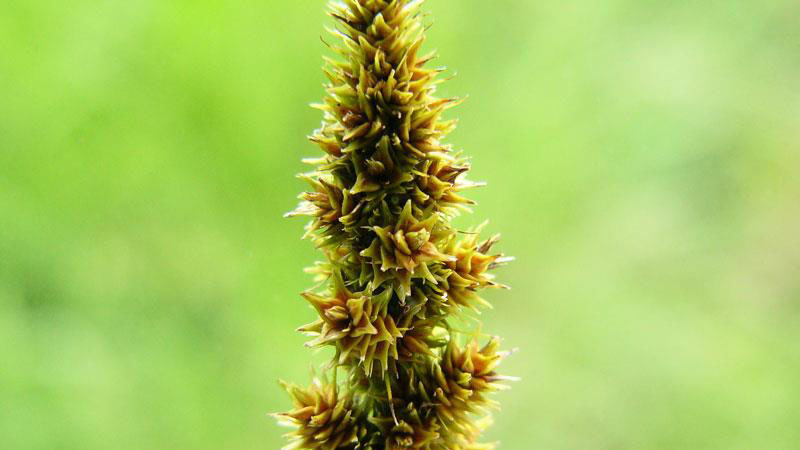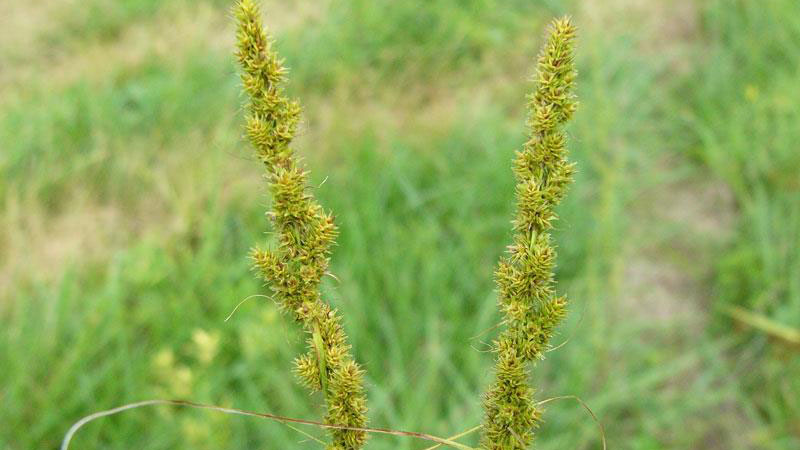Sandbur
en Español / em Português
El inglés es el idioma de control de esta página. En la medida en que haya algún conflicto entre la traducción al inglés y la traducción, el inglés prevalece.
Al hacer clic en el enlace de traducción se activa un servicio de traducción gratuito para convertir la página al español. Al igual que con cualquier traducción por Internet, la conversión no es sensible al contexto y puede que no traduzca el texto en su significado original. NC State Extension no garantiza la exactitud del texto traducido. Por favor, tenga en cuenta que algunas aplicaciones y/o servicios pueden no funcionar como se espera cuando se traducen.
Português
Inglês é o idioma de controle desta página. Na medida que haja algum conflito entre o texto original em Inglês e a tradução, o Inglês prevalece.
Ao clicar no link de tradução, um serviço gratuito de tradução será ativado para converter a página para o Português. Como em qualquer tradução pela internet, a conversão não é sensivel ao contexto e pode não ocorrer a tradução para o significado orginal. O serviço de Extensão da Carolina do Norte (NC State Extension) não garante a exatidão do texto traduzido. Por favor, observe que algumas funções ou serviços podem não funcionar como esperado após a tradução.
English
English is the controlling language of this page. To the extent there is any conflict between the English text and the translation, English controls.
Clicking on the translation link activates a free translation service to convert the page to Spanish. As with any Internet translation, the conversion is not context-sensitive and may not translate the text to its original meaning. NC State Extension does not guarantee the accuracy of the translated text. Please note that some applications and/or services may not function as expected when translated.
Collapse ▲Description
Sandbur (Cenchrus) can be a very troublesome weed in warm-season turf species. It is easily identified by the seedhead, which is a spike of tiny burs that can hurt when touched. This weed thrives in sandy soils, but can be controlled with certain herbicides when in the seedling stage.
Cultural Control
Maintaining a dense, vigorous turf is the first step in effective weed control. Cultural and management practices that enhance turfgrass growth generally reduce weed competition and encroachment. First, select adapted turfgrass cultivars for your area and then properly fertilize, mow, and water to encourage dense growth.
Species Data
- SEEDHEAD / FLOWER
- VERNATION TYPE
- leaves folded in the bud
- LIGULE TYPE
- fringe of hairs 0.04 inches (1 mm) long, with 0.08 inch (2 mm) long hairs on each side
- GROWTH SEASON / LIFE CYCLE
- summer annual or perennial weed
- AURICLE TYPE
- absent
- LEAF BLADE TIP SHAPE
- sharp-pointed; thin, flat, usually not hairy
Figure 10
- sharp-pointed; thin, flat, usually not hairy
- LEAF BLADE WIDTH
- 0.08 - 0.24 inches (2 - 6 mm) wide
- STOLON PRESENCE
- none, but stems decumbent
- RHIZOME PRESENCE
- present; very short
- COLLAR TYPE
- divided by midrib, distinct
- SHEATH TYPE
- flattened; sheath is usually not hairy
Figure 11
- flattened; sheath is usually not hairy













